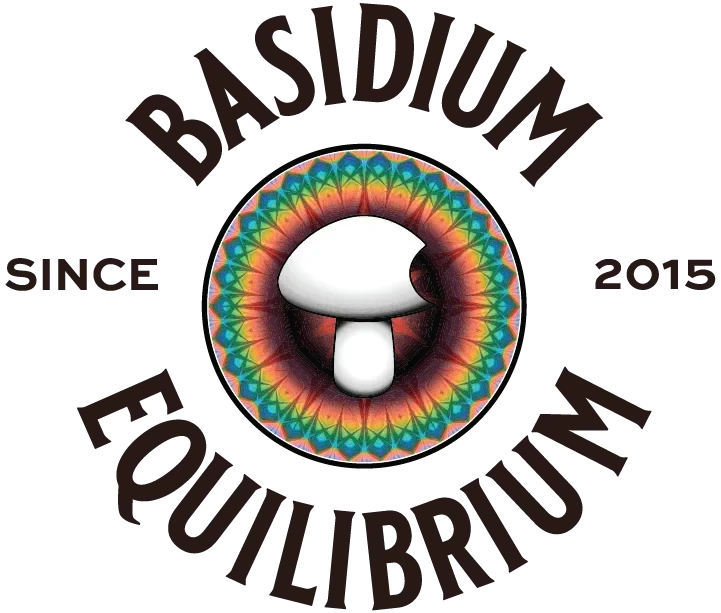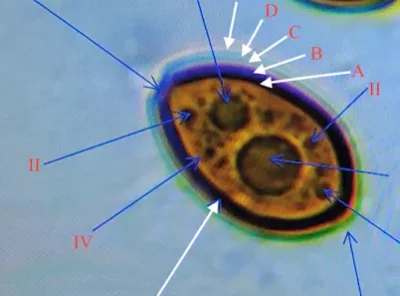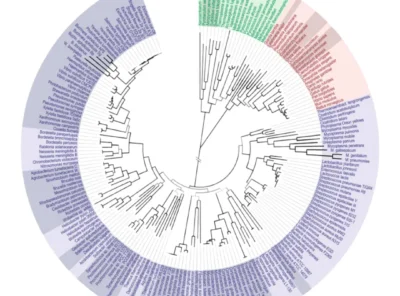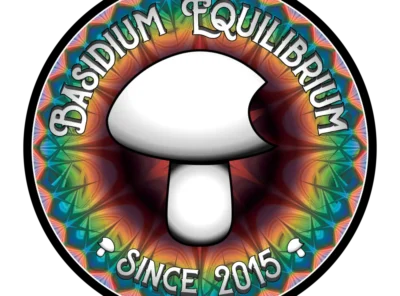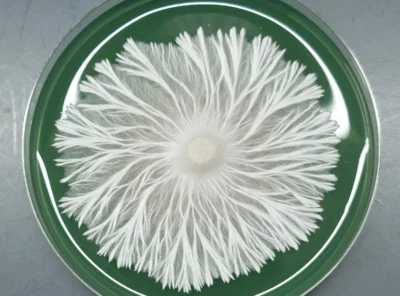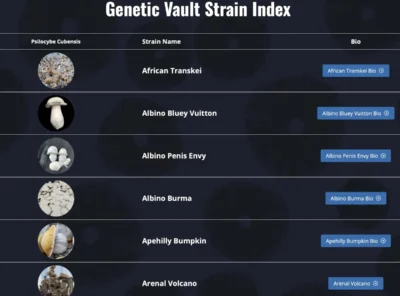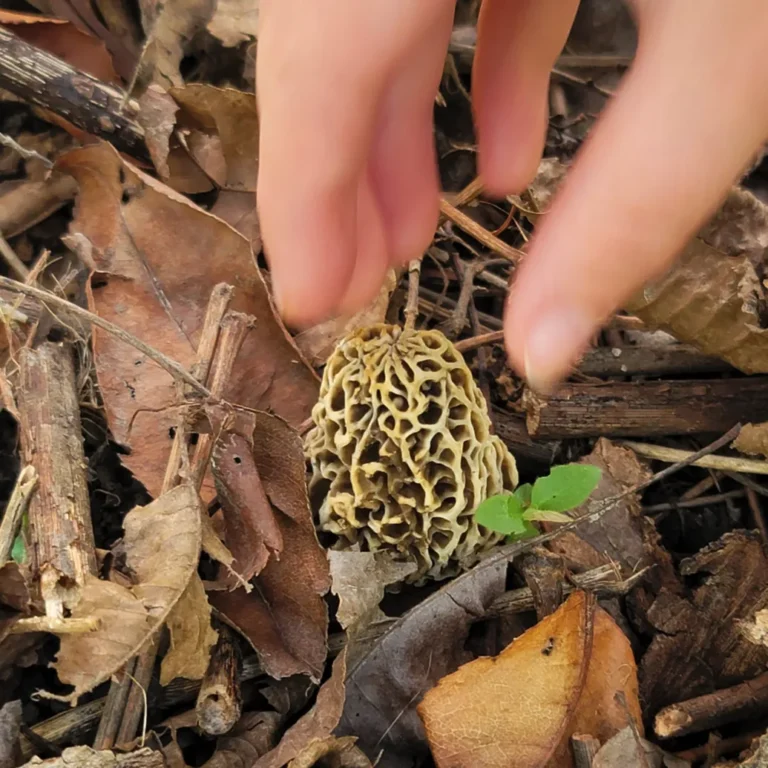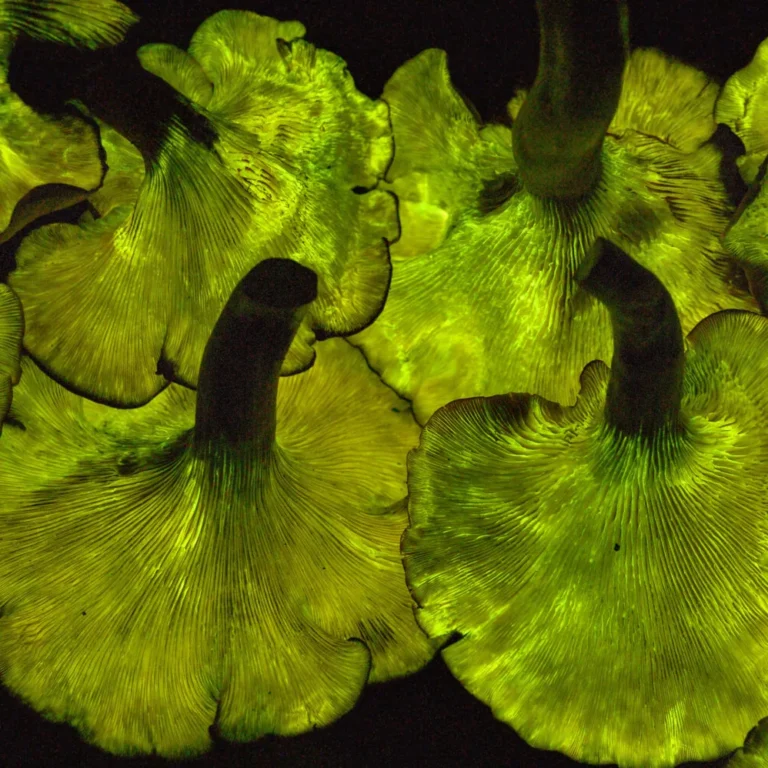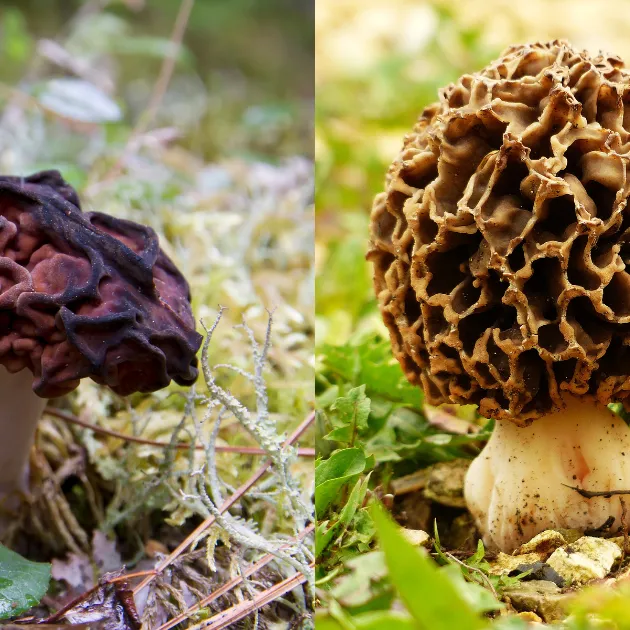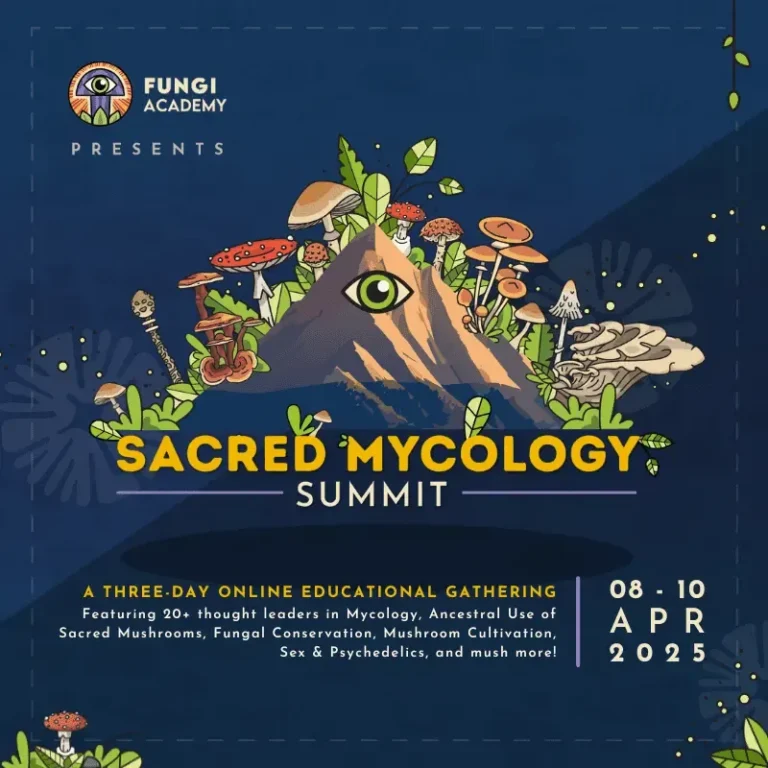Reishi Mushroom Benefits: What Science, Tradition, and Foraging Tell Us
Few mushrooms capture the imagination quite like reishi. Celebrated for both its medicinal potential and sculptural beauty, reishi mushrooms have earned their place in herbal folklore and modern research alike. And, when it comes to reishi mushroom benefits, this fungus offers a striking combination of tradition, biology, and visual poetry.
Known as the “Mushroom of Immortality” in Traditional Chinese Medicine (TCM), reishi (particularly Ganoderma lucidum) has been revered for over 2,000 years. They were used historically to promote vitality, longevity, and spiritual balance. In fact, it was once reserved for royalty and healers alike.
In this post, we’ll explore the deep history and diverse forms of the Ganoderma genus, covering its ancient use, scientific properties, and the specific species we forage across the Midwest. From Ganoderma tsugae in northern coniferous forests to G. sessile on hardwood logs in Missouri, you’ll learn how this mushroom continues to inspire everyone from herbalists to mycologists.
What are Reishi Mushrooms
The term “reishi” refers to several species within the Ganoderma genus, a group of wood-decaying fungi known for their thick, shelf-like fruiting bodies and deep ecological importance. These polypores play a key role as tree decomposers, breaking down lignin and helping recycle nutrients back into forest ecosystems.
Visually, reishi mushrooms are unmistakable. Their fruiting bodies form fan-like or hoof-shaped structures with lacquered caps in shades of red, brown, and orange. Many species develop concentric growth rings, adding to their aesthetic allure. The underside of each fruiting body is covered in tiny pores rather than gills, an identifying feature of the polypore family.
Among the most notable species are:
- Ganoderma lucidum – The classic, glossy red mushroom revered in Chinese medicine. Typically cultivated on hardwood logs or sawdust blocks.
- Ganoderma tsugae – Native to North America, it thrives on dead hemlocks in cooler climates. Nearly identical to G. lucidum in appearance, though ecologically distinct.
- Ganoderma sessile – A Midwestern native that colonizes oak, maple, and other hardwoods. It tends to be shorter and thicker than G. lucidum, with a matte or semi-gloss cap.
While morphology varies, all reishi species share a woody texture, making them inedible in the traditional sense but perfect for extraction and medicinal use. They’re not just forest recyclers, they’re ancient healers, biological sculptures, and molecular powerhouses.

Reishi Mushroom Benefits: From Ancient Wisdom to Modern Science
Reishi’s reputation isn’t just rooted in folklore, it’s backed by centuries of practice and an expanding body of scientific research. The remarkable reishi mushroom benefits stem from its rich profile of bioactive compounds, many of which continue to fascinate scientists and herbalists alike.
Key compounds include:
- Triterpenes – Known for their anti-inflammatory, hepatoprotective, and anti-tumor properties.
- Polysaccharides and beta-glucans – Support immune modulation, enhance white blood cell activity, and may aid in balancing autoimmune responses.
- Sterols and antioxidants – Contribute to cell protection and stress adaptation.
In Traditional Chinese Medicine (TCM), reishi (Lingzhi) has been used for over 2,000 years to strengthen qi (vital energy), nourish the liver, calm the spirit, and extend lifespan. Its nickname, “the Mushroom of Immortality,” reflects this belief in its spiritual and physical benefits.
Modern research supports many of these historical uses. Clinical and lab studies have examined reishi’s potential for:
- Supporting immune function and reducing inflammation
- Enhancing antioxidant capacity
- Slowing tumor growth or supporting chemotherapy
- Improving liver health and metabolic balance
Foraging Ganoderma in the Midwest: Beauty in the Wild
Foraging reishi is one of the most rewarding and visually stunning experiences in North American mycology. Here in the Midwest, we’re lucky to find two incredible species: Ganoderma sessile and Ganoderma tsugae, each offering its own aesthetic, ecological, and medicinal value.
Ganoderma sessile
Found on hardwood logs and stumps throughout Missouri and the greater Midwest, G. sessile has a thick, compact body with a deep mahogany-brown cap. It thrives in warm, humid conditions and typically fruits from mid-summer into early fall.
Ganoderma tsugae
More common in northern states like Wisconsin and Minnesota, G. tsugae grows on dead hemlock trees and stumps. It shares many visual features with G. lucidum, including a lacquered red cap, but prefers cooler, higher-elevation forests. Look for it from spring through early summer, especially after rain.
Ethical Foraging Tips
- Harvest only mature fruiting bodies with well-developed caps and visible pore surfaces.
- Leave behind young and old mushrooms to support the lifecycle and spore dispersal.
- Use field guides or spore prints to confirm ID: Ganoderma is generally safe, but mistakes can happen.
- Never strip a whole tree or log, and avoid disturbing sensitive forest habitats.
Foraging reishi connects you to the forest in a deep and meditative way. It also promotes seasonal awareness and ecological respect, values that align beautifully with the heart of herbalism and sustainable harvesting.

Reishi Mushroom Benefits in Cultivation, Extraction, and Everyday Use
While foraging reishi in the wild is a beautiful experience, it’s not the only way to access the full spectrum of reishi mushroom benefits. Commercially, Ganoderma species are cultivated on hardwood logs or compressed sawdust blocks, which mimic their natural environment and produce fruiting bodies with comparable medicinal value.
Once harvested, reishi is too woody for direct culinary use, but it’s ideal for extraction into teas, broths, and tinctures. The most effective preparations rely on lab-grade extraction methods, such as:
- Hot water extraction – Pulls out polysaccharides and beta-glucans for immune and gut health.
- Alcohol extraction – Isolates triterpenes for anti-inflammatory and adaptogenic effects.
- Dual extraction – Combines both for a full-spectrum medicinal profile.
Final Thoughts
Whether admired for its lacquered beauty or revered for its healing power, reishi continues to earn its status as a mycological marvel. From ancient scrolls in China to rotting logs in the Midwest, its presence speaks to the enduring intersection of natural medicine, ecological intelligence, and spiritual symbolism.
Want to go deeper?
Explore our full line of spores, dried mushrooms, and lab supplies, and sign up for our newsletter to stay updated on wild harvests, educational guides, and seasonal extraction tips.
There’s a reishi for every path, don’t forget to find yours.
